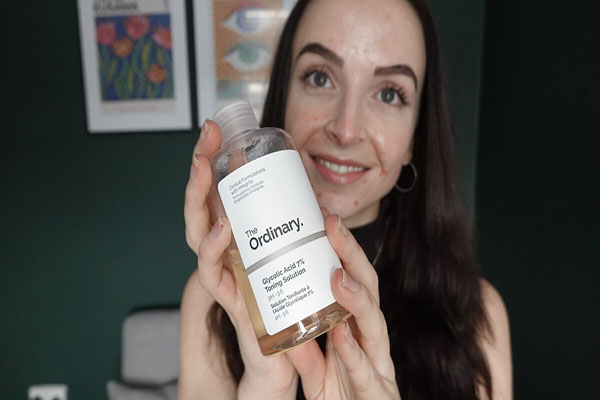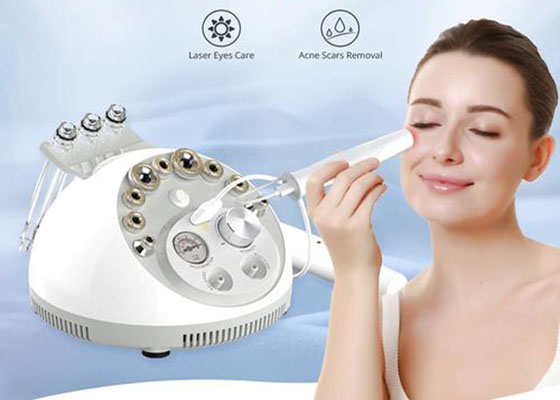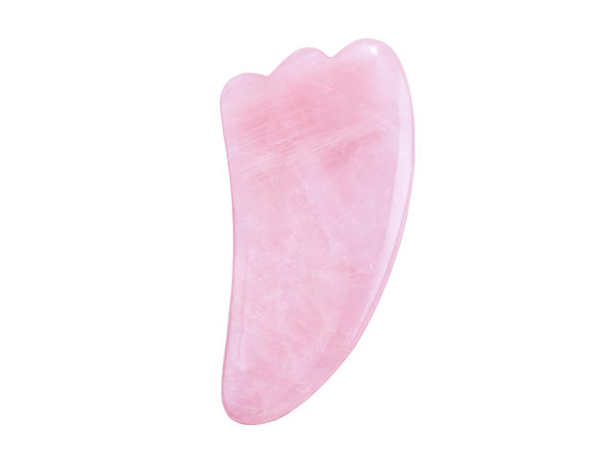Glycolic acid and niacinamide are two popular skincare ingredients that have gained significant attention in recent years. With numerous benefits for the skin, both ingredients have become staples in skincare routines worldwide. In this blog post, we will delve into the characteristics, benefits, and differences between glycolic acid and niacinamide to help you make an informed decision about which one may be more suitable for your skincare needs.
Overview of Glycolic Acid
Glycolic acid, derived from sugarcane, is an alpha-hydroxy acid (AHA) known for its exfoliating properties. It has the smallest molecular size among AHAs, allowing it to penetrate the skin effectively. Glycolic acid works by breaking down the bonds between dead skin cells, promoting cell turnover and revealing a smoother, more radiant complexion. Additionally, it stimulates collagen production, which can help reduce the appearance of fine lines and wrinkles.
Overview of Niacinamide
Niacinamide, also known as vitamin B3, is a water-soluble vitamin that offers a range of benefits for the skin. It helps regulate sebum production, making it an excellent option for individuals with oily or acne-prone skin. Niacinamide also strengthens the skin’s barrier function, reducing moisture loss and enhancing hydration levels. Furthermore, it has anti-inflammatory properties, which can help calm redness and irritation.
Comparing Glycolic Acid and Niacinamide
While both glycolic acid and niacinamide offer significant advantages for the skin, they have distinct differences in terms of their effects and targeted concerns. Understanding these differences can help you determine which ingredient may be more suitable for your skincare routine.
Glycolic acid primarily focuses on exfoliation and skin renewal. Its ability to penetrate deep into the skin helps dissolve dead skin cells, unclog pores, and smooth out texture irregularities. This makes glycolic acid an excellent choice for individuals dealing with dullness, hyperpigmentation, or acne-prone skin. However, it is important to note that glycolic acid can increase skin sensitivity to sunlight, so it is crucial to apply sunscreen daily when incorporating this ingredient into your routine.
On the other hand, niacinamide addresses a broader range of skin concerns. It regulates sebum production, making it beneficial for oily or acne-prone skin. Niacinamide also helps fade hyperpigmentation, improve uneven skin tone, and enhance the skin’s overall texture. Additionally, its anti-inflammatory properties can soothe redness and irritation, making it suitable for sensitive skin types. Unlike glycolic acid, niacinamide does not increase sun sensitivity, making it a more convenient option for daytime use.
Effectiveness for Specific Skin Concerns
To determine which ingredient is better for your specific skin concerns, let’s explore their effectiveness in addressing common skincare issues.
Glycolic Acid: This powerhouse ingredient is particularly effective in promoting exfoliation and reducing hyperpigmentation. By sloughing off dead skin cells, glycolic acid can diminish the appearance of fine lines, wrinkles, and dark spots. It can also help fade acne scars and improve overall skin tone and texture. For individuals dealing with acne-prone skin, glycolic acid’s ability to unclog pores can help prevent breakouts and minimize their severity.
Niacinamide: Niacinamide offers a broad range of benefits for various skin concerns. Its sebum-regulating properties make it an ideal choice for individuals with oily or acne-prone skin, as it can reduce excess oil production and minimize the occurrence of breakouts. Niacinamide’s ability to improve the skin’s moisture barrier also helps retain hydration, resulting in a plump and healthy complexion. Moreover, it can fade hyperpigmentation, even out skin tone, and reduce the visibility of dark spots or acne scars. Additionally, niacinamide’s anti-inflammatory properties contribute to calming redness and soothing irritated skin.
Potential Side Effects and Considerations
As with any skincare ingredient, it’s essential to be aware of potential side effects and considerations when using glycolic acid or niacinamide.
Glycolic Acid: While glycolic acid is generally safe for most individuals, it can cause skin irritation, redness, or a stinging sensation, especially for those with sensitive skin. It is crucial to start with a low concentration and gradually increase the frequency of use to allow your skin to acclimate. Additionally, due to its exfoliating properties, glycolic acid can increase sensitivity to sunlight. Therefore, it is crucial to apply broad-spectrum sunscreen daily and limit sun exposure when using glycolic acid.
Niacinamide: Niacinamide is considered safe and well-tolerated by most people. However, rare cases of allergic reactions may occur, resulting in redness, itching, or irritation. If you experience any adverse reactions, discontinue use and consult a dermatologist. It is always recommended to perform a patch test before incorporating any new skincare product or ingredient into your routine. This involves applying a small amount of the product on a discreet area of skin and monitoring for any negative reactions.
Incorporating Glycolic Acid and Niacinamide in Your Skincare Routine
Now that we have explored the benefits and considerations of both glycolic acid and niacinamide, let’s discuss how you can incorporate these ingredients into your skincare routine.
Glycolic Acid: If you decide to incorporate glycolic acid into your routine, it is advisable to start with a low concentration product, such as a cleanser or toner, to allow your skin to adjust. Begin by using it a few times a week and gradually increase the frequency as your skin tolerates it. Follow up with a moisturizer to maintain hydration and always apply sunscreen during the day. Avoid using glycolic acid in conjunction with other potentially irritating ingredients, such as retinol or benzoyl peroxide, to prevent excessive skin sensitivity.
Niacinamide: Niacinamide is a versatile ingredient that can be used in various forms, including serums, moisturizers, or even as a standalone product. It can be incorporated into both morning and evening routines. Apply a few drops of a niacinamide serum after cleansing and toning, followed by a moisturizer to lock in hydration. Niacinamide plays well with most other skincare ingredients, making it easy to combine with other products in your routine. However, as a general rule, it is advisable to avoid combining niacinamide with vitamin C, as they may reduce each other’s effectiveness when used together.
Conclusion
In the battle of glycolic acid vs. niacinamide, there is no clear winner as both ingredients offer significant benefits for the skin. Glycolic acid is a potent exfoliator, ideal for addressing hyperpigmentation and uneven texture, while niacinamide is a multitasker that can regulate sebum production, fade hyperpigmentation, and soothe inflammation. The choice between the two ultimately depends on your specific skin concerns and needs.
Consider your skin type, desired outcomes, and any potential sensitivities or allergies when selecting the appropriate ingredient for your skincare routine. Remember to start with lower concentrations, gradually increase usage, and always patch test new products.




